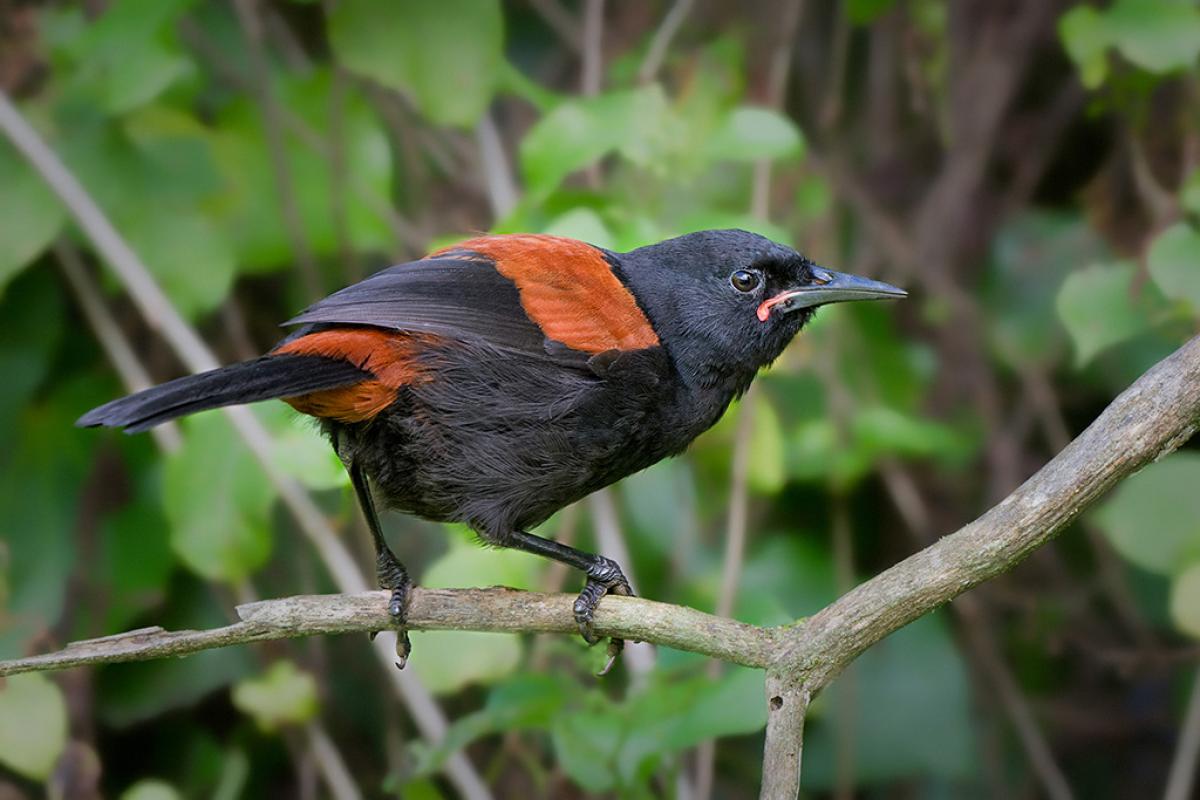New Classrooms
On Monday 23rd both year 7 & 8 classes were moved into the new our new classrooms. In total there were three classrooms that built, each class had to move in with a buddy class, our buddy class was Sh. We had been given names for each of the three classrooms (Mohua, Riroriro and Tieke). The name of our building is Tieke, all the names that we have been given are birds. |
| Tieke/Saddleback |
| Mohua |
| Riroriro |
When I first entered the buildings I thought that it was a little stupid as its like a really open area, other than that I thought the tiered seating was the best! I also thought about the sharing classes with out buddy class, turns out its actually going okay.
When I first entered the buildings I felt, safe, warming and very excited to be able to get out of the old buildings and become closer to the rest of the school,
In conclusion I think that the buildings are awesome! And I can't wait to find out what's going to happen for the last term of the year!








